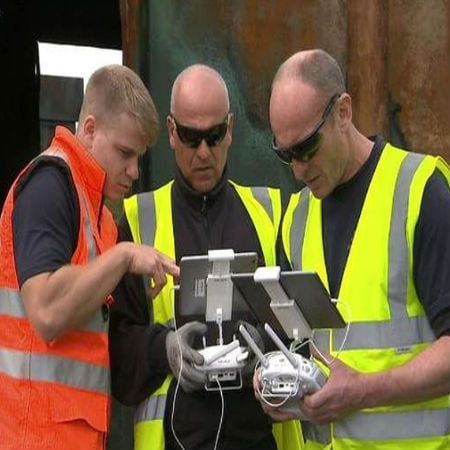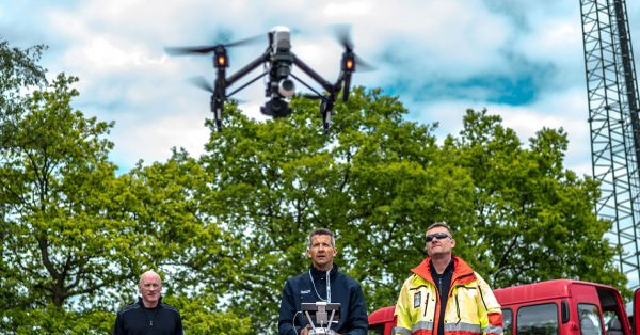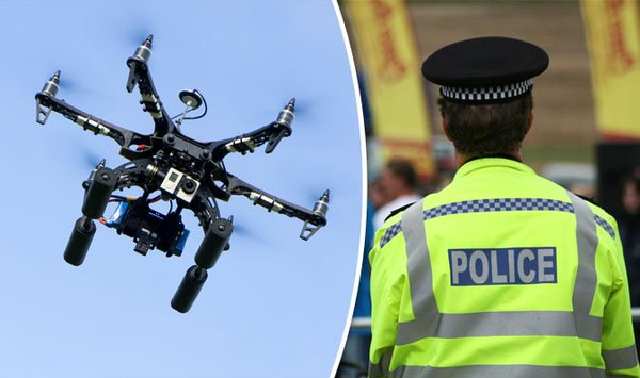
Recently, we learned that two thirds of fire services in the UK and half of police forces are now using drones or are planning to use drones to carry out their tasks since drones reduce the risks for emergency workers. Also, specialist ambulance crews and other hazard area response teams are also expected to join the list of unmanned aerial vehicle (UAV) users this year.
Drones Reduce the Risks for Emergency Workers
Scroll down for video

Notey
The reason for this is to enhance working capability. Drones are already being used for search-and-rescue operations and fire and accident investigations.
The Mid and West Wales Fire Service has been given Welsh government funding for some of their UAVs. Some of their workers like Steve Richards, the service’s station manager, has already been trained as a drone pilot and says that drones will save lives. Moreover, drones reduce the risks for emergency workers.
He added, “It gives you the whole picture so when you go to an incident with (drones) we can actually do a 360 observation and stay in a safe place. It’s putting the drone up instead of having to put the firefighters in there.”
Some UAV training companies like Sky Futures have trained 12 diverse emergency services in drone usage since September.
Frankie Suarez, a drone pilot trainer for Sky Futures, said their programs have had to evolve due to greater partnership between police, fire, and ambulance crews.
He said, “Initially we made scenarios specifically for each service, but after a couple of courses, we realized they were all interlinking and working together so we managed to develop scenarios that are relevant to what the guys will attend to. We have a marauding gunman terrorist scenario, which is fairly relevant these days, as well as a train crash, a downed aircraft, and a missing Alzheimer’s patient, among others.”
Also, according to the police, drones are now being used to protect the public. Sean Lloyd, who is the station manager at Mid and West Wales Fire service, said that some crews have been undergoing national training with the police to make them perfect the use of drones in rescue processes since drones reduce the risks for emergency workers. Regarding this, it is very important to follow rules about drone flying to be safe.

Drones at Work
In his words, Sean Lloyd conveys, “We have the (drone) resources so they use us. When we do get called upon, if we can go and save someone going across the line and getting shot, then why not use us?”
A huge amount of money was spent in total, equipping front-line emergency staff. Sussex and Surrey police forces, for example, have been given almost US$328,702 from the Home Office to expand on a drone trial at Gatwick Airport.
The Sussex police said, “The funding is being used to purchase a number of drones to evaluate their contribution to improving policing across the country.”
Other UK police forces have not been left out of this. Damian Sowry, the chief inspector for West Mercia Police, says that he is hopeful that their joint trial will demonstrate value for money.
“I’m expecting to be able to show that we can use these devices to protect the public . . . in a way that’s cost effective and really helps public confidence,” he said. “Also that we can demonstrate to the public that we take very seriously the issues around privacy, human rights, and all those other kind of concerns that people legitimately have.”
On a side note, using drones for safety is great. But keeping your drone safe is even greater. Investing in a real-time GPS tracking device for drones is substantial.
Watch the video below